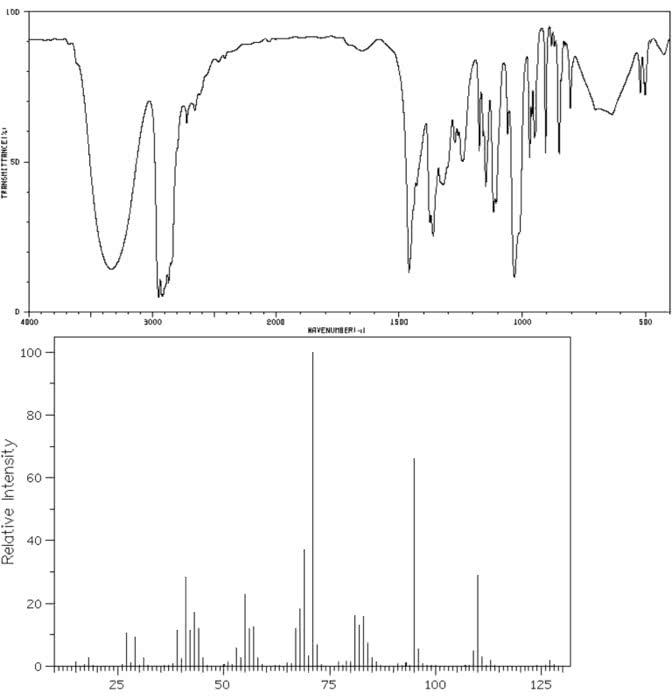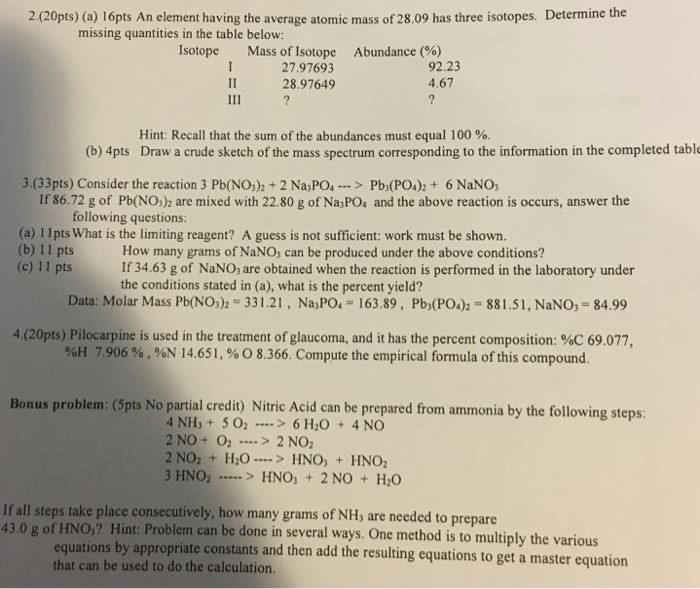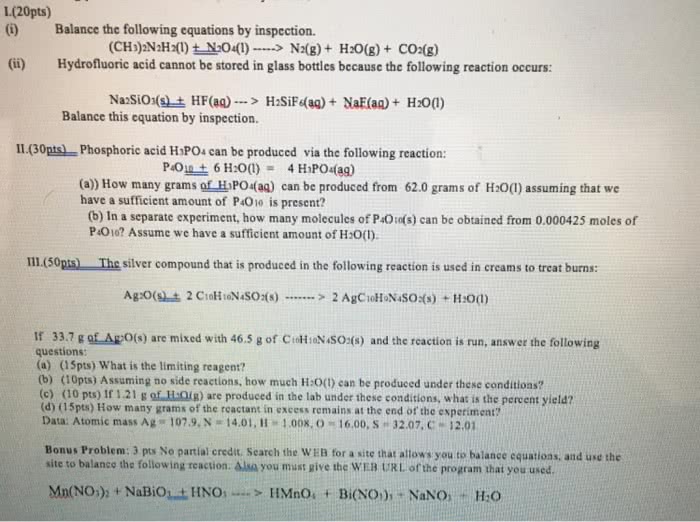CHEM 001A Lecture Notes - Lecture 5: Limiting Reagent, Combustion Analysis, Molar Mass
Document Summary
Percent composition: mass percent (%) (mass of element in compound / mass of compound) x 100, example: percent in ch4 and c10h16. Percent composition: mass percent (%) (mass of element in compound / mass of compound) x 100, compute mass percent s in so3 and o in so3. Combustion analysis: the percent in c and h in cahb determined from the mass of h2o and co2 produced by combustion, cahb + excess o2(g) a co2(g) + b/2 h2o(g) Problem: combustion analysis: combustion analysis of an unknown compound indicated that is 92. 23% c and 7. 82% h. Limiting reagent: limiting reagent reactant that is entirely consumed when reaction goes to completion, limiting reagent determines how much product can be obtained. In a car factory store, a manager ordered 284 wheels and 67 car frames. Zn(s) + 2 hcl(aq) zncl2(aq) + h2(g: they add 0. 30 mol zn to hydrochloric acid containing 0. 52 mol hcl.




